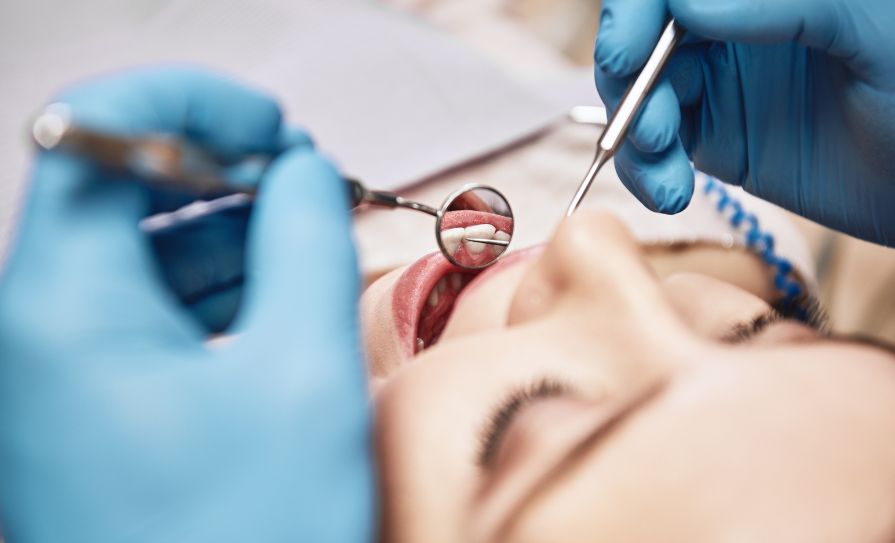The report, which was recently published by the Department of Health, stated: “Given the challenges with recruitment and training, it is anticipated that it may be at least 18 months before we can achieve 100 per cent access to scanning, but the 2018 investment will bring tangible improvements.”
When questioned about the current state of progress, a spokesperson for the HSE told the Medical Independent (MI) that a review on the impact of recent investments and the work undertaken on the ground by maternity services regarding expanding the provision of this service shows that 14 maternity units/hospitals provide all women with a 20-week foetal anomaly scan.
A fifteenth site also provides the scan but this is at a later stage in pregnancy.
“The remaining four units are working towards full provision as posts are filled and capacity grows on the ground. The NWIHP is monitoring this on an ongoing basis,” according to the spokesperson.
The spokesperson also told MI that engagements with sites are taking place in relation to the development and implementation of ‘alongside birthing units’.
The baseline objective is that all Hospital Groups would have at least one such facility in their maternity services and further expansion would grow from there.
“Arising from these engagements, it has been determined that a number of maternity sites can achieve these facilities by means of refurbishment of existing facilities whilst for other sites, this may require a new build and/or extension,” the spokesperson stated.
“Work in this area is ongoing.”
Regarding the development of guidelines, the spokesperson said the focus at the moment is on determining and commencing a process in which the suite of guidelines currently available will be actively reviewed and updated as appropriate at national level.
It is anticipated that childbirth guidelines will be submitted to the National Clinical Effectiveness Committee for review by the guideline group in April 2019.












Leave a Reply
You must be logged in to post a comment.